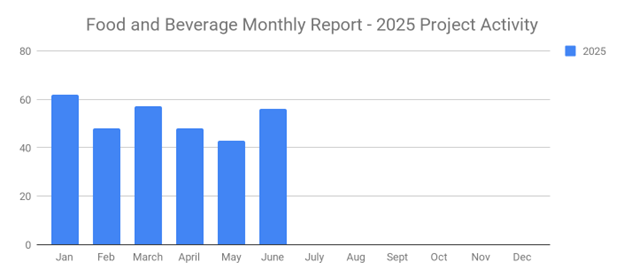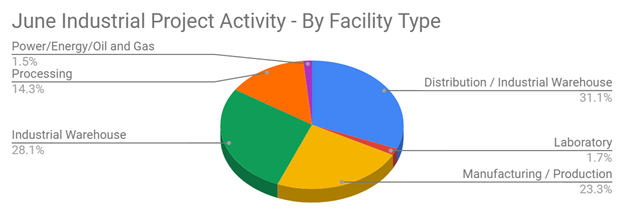
Email marketing consistently ranks as one of the most cost-effective lead generation strategies for B2B sales organizations. Once you have a customer or prospect's email address, you can continue sending him or her promotional material for as long as they remain subscribed. However, you should optimize your B2B email list for a stronger response, which we're going to explain in this blog post.
Segment
Failure to segment your sales leads is one of the most common email marketing mistakes made by B2B companies. Without segmenting your leads, you won't be able to personalize your messages – and this will hurt your conversion rate. So, go through and segment your email contacts by different criteria. After doing so, you can create custom email campaigns for each segment of leads, using the right wording and content to boost engagement.
Validate
Don't forget to validate your leads as well. Validation involves checking the contact information of leads to ensure it's accurate and up to date. If a lead enters the wrong contact information, you may not be able to reach him or her; thus, your emails will be returned. Using the appropriate email software, validate your leads while also removing any “bad” ones. This is an essential step in cleaning up your list so it's better prepared for marketing.
Rate Quality of Leads
You should also go through and rate your leads by quality. In other words, which leads are most likely to buy your product or service, and which leads are least likely to buy? By rating the quality of your leads, you can focus your marketing and promotional efforts on the high-quality leads, which should yield higher conversion for your sales team. This doesn't necessarily mean that you should overlook low-quality leads in your email list, but rather focus your marketing efforts on the high-quality leads.
Create Sub-Lists by Open Rate
Another way to optimize your B2B email list is to create sub-lists, or segments, based on open rates. For instance, you could create a sub-list of highly engaged subscribers with a 75-100% open rate; a list of moderately engaged subscribers with a 50-75% open rate; a list of partially engaged subscribers with an open rate of 25-50%; and a list of disengaged subscribers with a 0-25% open rate. Creating sub-lists such as these allow you to see which lists are engaged so you can focus on them.
These are just a few ways to optimize your B2B email list.
What to learn more? Get in Touch
Latest Posts
-

June's New Distribution and Supply Chain Planned Projects Return to March’s 183 Confirmed Figure
-

Food and Beverage Rebounds with 56 New Planned Projects Igniting Growth After Decline
-

June 2025’s New Industrial Construction Projects Grew 7% Month-Over-Month
-

Q2 Industrial Manufacturing Soars 31% for Planned Projects Over $100M; June Planned Industrial Projects Hit 141

